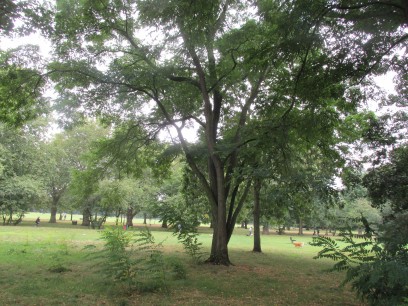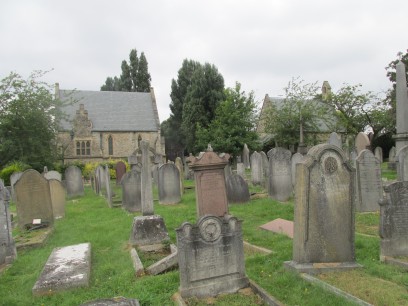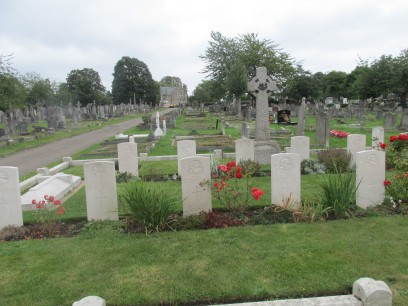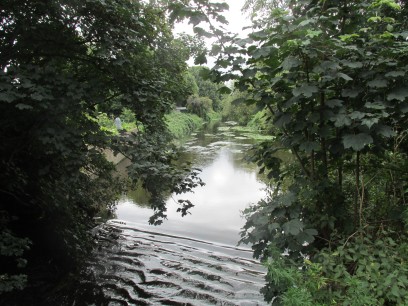

The Green London Way is a walking route of 110 miles length around London split into 18 sections. It follows much of the route of the 78 mile long Capital Ring but has some new sections. The Green London Way is largely the work of one man, Bob Gilbert, who is a supporter for the protection of urban open spaces and public access. His book, The Green London Way, outlines each section with detailed description of the historic and wildlife aspects of each section and is being used as I walk the route.
Section 7 continues on from Balham Station, through Wandsworth Common and Cemetery, then along the River Wandle and ends in Wimbledon town centre. Although the occasional Capital Ring sign is seen it is almost entirely on new ground. Today I was joined on the walk by a new friend Andrew.
There was some disruption to the trains due to a signalling issue and a trespass but although all trains out to Reading had been cancelled my train ran on time and after a change at Clapham Junction met Andrew outside Balham station around 10.20.


From the bustle of the centre of Balham the first section was through residential roads with fairly pleasant houses. Soon though Wandsworth Common was reached and we were back in the countryside again.


The main part of the common is most pleasant with open parkland and a couple of large lakes. As others have reported we got confused with the many paths here and exited at a different place so didn't go through The Scope at the other side. The Scope was an 85ft long telescope built in 1852 and although imperfect was the largest for its time and gave its name to this corner of the common.


After more residential streets Wandsworth Cemetery is reached. Although the Capital Ring also goes through here it only goes along the perimeter path. The Green London Way goes right through the cemetery and shows the many war memorials here. Of particular interest is the array of simple white slabs remembering soldiers of the Royal Newfoundland Regiment killed in the battle of the Somme in 1916. Opposite graves from the South African Infantry. Nearer the exit memorials for the second world war. It was quite a moving experience passing all these memories.


Coming out of the cemetery a short bit of road passes Earlsfield station and what was the old hamlet of Garratt where in the 18th century there were all sorts of ceremonies connected with the election of a completely ficticious mayor. We soon picked up the River Wandle for the remainder of today's walk. The Wandle was used by many mills in the 17th century but with increasing industrialisation the quality of the water gradually declined and as late as 1990 was officially declared as a sewer. But that is now changing and there is now a campaign to clean up the Wandle and introduce the pleasant footpaths we can enjoy today. And despite its history it is indeed now a pleasant river to walk along. Towards the end of our section where the Graveney joins is an extensive viewing platform, noticed by Andrew, where we diverted off the route for some superb views.


We leave the river for a short time and pass through Wandle Nature Park then another stretch of the river. This last part was very overgrown and we had to fight through nettles and brambles. Then through a modern housing estate with some rather unusually designed houses. We soon though come to The Broadway, the main thoroughfare of Wimbledon in its usual busy self. Andrew and I had a nice (though in Andrew's case somewhat measly) lunch in a suitable hostelry and after a long chat made our farewells at the train station after another enjoyable day.